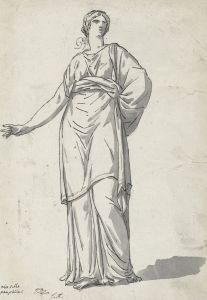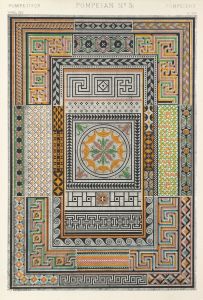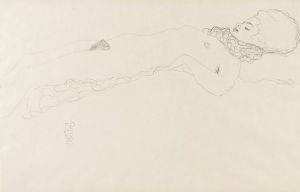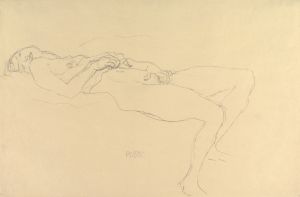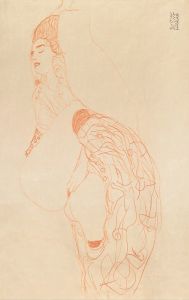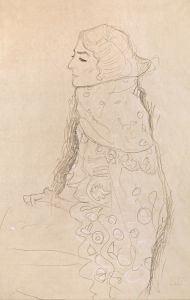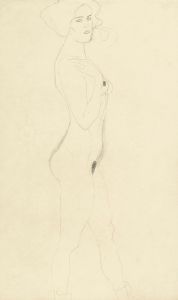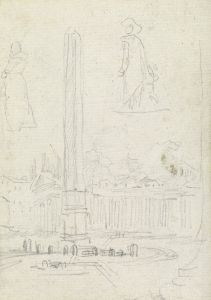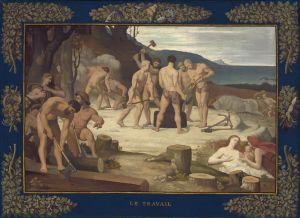
Liegender Halbakt nach rechts
A hand-painted replica of Gustav Klimt’s masterpiece Liegender Halbakt nach rechts, meticulously crafted by professional artists to capture the true essence of the original. Each piece is created with museum-quality canvas and rare mineral pigments, carefully painted by experienced artists with delicate brushstrokes and rich, layered colors to perfectly recreate the texture of the original artwork. Unlike machine-printed reproductions, this hand-painted version brings the painting to life, infused with the artist’s emotions and skill in every stroke. Whether for personal collection or home decoration, it instantly elevates the artistic atmosphere of any space.
Gustav Klimt, an Austrian symbolist painter, is renowned for his distinctive style and significant contributions to the Art Nouveau movement. One of his works, "Liegender Halbakt nach rechts" (Reclining Semi-Nude to the Right), exemplifies his mastery in depicting the human form with sensuality and elegance. This drawing is part of Klimt's extensive body of work that explores the female form, a central theme throughout his career.
Klimt was born in 1862 in Baumgarten, near Vienna, and became one of the most prominent members of the Vienna Secession, a group of artists who broke away from traditional art institutions to explore new artistic expressions. His work is characterized by a blend of symbolic, erotic, and allegorical themes, often featuring women as the primary subject.
"Liegender Halbakt nach rechts" is a pencil drawing that captures a reclining female figure, partially nude, with her body turned to the right. The drawing is noted for its fluid lines and delicate rendering, showcasing Klimt's skill in capturing the subtleties of the human form. The piece reflects his interest in exploring the sensuality and intimacy of the female body, a recurring motif in his oeuvre.
Klimt's approach to the female form was both revolutionary and controversial during his time. He often depicted women in a manner that emphasized their sensuality and individuality, challenging the conservative norms of the late 19th and early 20th centuries. His work frequently drew criticism for its eroticism, yet it also garnered admiration for its beauty and technical precision.
The drawing "Liegender Halbakt nach rechts" is part of Klimt's broader exploration of the female nude, which he pursued through various media, including painting, drawing, and printmaking. His studies of the human figure were not merely academic exercises but were infused with a deep appreciation for the complexity and diversity of human emotions and experiences.
Klimt's influence extended beyond his lifetime, impacting subsequent generations of artists. His work is celebrated for its innovative use of color, pattern, and composition, as well as its ability to convey profound psychological depth. Today, Klimt is regarded as one of the leading figures of the Art Nouveau movement, and his works are held in high esteem by art historians and collectors alike.
"Liegender Halbakt nach rechts," like many of Klimt's drawings, provides insight into his creative process and his fascination with the human form. It exemplifies his ability to convey emotion and sensuality through minimalistic yet expressive lines. While the drawing itself may not be as widely recognized as some of his larger paintings, it remains an important part of his artistic legacy.
Klimt's work continues to be studied and appreciated for its contribution to modern art, and "Liegender Halbakt nach rechts" is a testament to his enduring influence and the timeless appeal of his exploration of the human condition.





